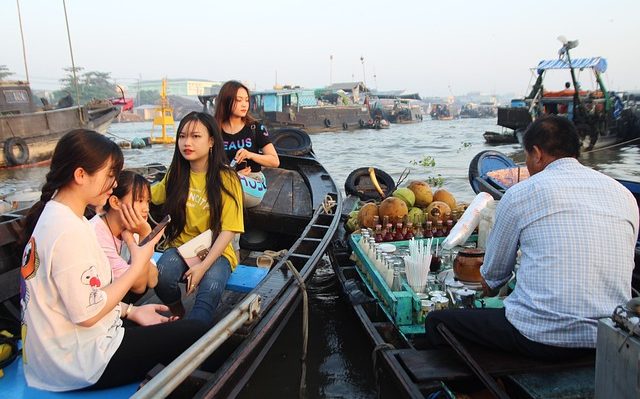
Move over the European Union, there is a new trading bloc around.
The Regional Comprehensive Economic Partnership (RCEP) is a free trade agreement in the Asia-Pacific region that has been formally agreed and signed today.
The trading bloc consists of the ten member states of ASEAN – Brunei, Cambodia, Indonesia, Laos, Malaysia, Myanmar, the Philippines, Singapore, Thailand, and Vietnam, and five of their FTA (Free Trade Agreement) partners—Australia, China, Japan, New Zealand, and South Korea.
The free trade agreement signed on Sunday 15th November excludes the US, who withdrew from a rival Asia-Pacific trade pact – the Trans-Pacific Partnership (TPP) in 2017.
The members of the RCEP account for nearly 30% of the world’s total population but includes a mix of high-income, middle-income, and low-income countries.
The concept for the RCEP was originally conceived at the 2011 ASEAN Summit in Bali, with negotiations starting the following year. However, negotiations dragged on, taking many turns, including India pulling out 2019 over fears that lower tariffs could have a negative impact upon local Indian producers.
The goal of the RCEP is to reduce tariffs, open up trade in services and boost investment into the emerging economies within the RCEP
The RCEP has been formed to help cut time and costs for businesses by enabling them to export a product anywhere within the bloc with uniformed and simplified requirements.
Reactions to the RCEP
Chinese Premier Li Keqiang said of the deal, which is seen by many as extending China’s economic influence, said:
“Under the current global circumstances, the fact the RCEP has been signed after eight years of negotiations brings a ray of light and hope amid the clouds,”
However, some observers say the RCEP is not as extensive as the TPP. Alexander Capri, a trade expert at the National University of Singapore Business School said:
“It is not a fully completed, fully rationalised agreement,”
“The problem with RCEP is that you have 15 incredibly diverse countries at different stages of development and with completely internal priorities,”


